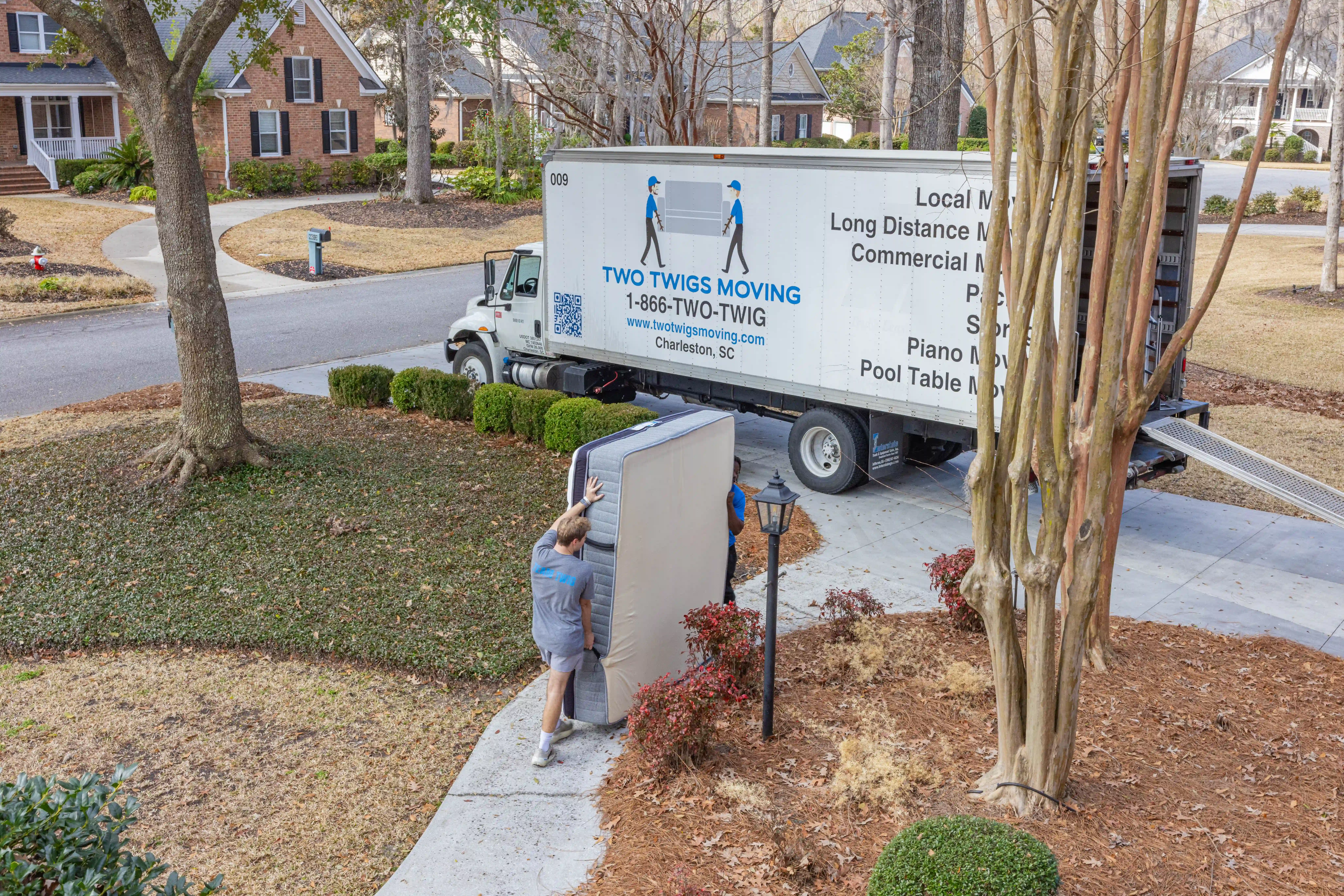For adults, moving to a new home can be both an exciting and challenging experience but for kids, it often comes with a rollercoaster of emotions. Leaving behind familiar surroundings, friends, and routines can be especially tough for young ones. As a parent or guardian, you play a vital role in helping your children navigate this transition with as little stress as possible.
With careful planning and consideration, you can make the transition smoother and more manageable for your kids. Whether you’re moving across town or to a different city, these insights will help you ensure that your children not only survive the move but thrive in their new environment. In this blog post, we’ll explore strategies and tips for moving with kids to help ease the transition.
1. Communicate Openly
The key to a successful move with children is open and honest communication. Start by explaining the reasons for the move in a way that’s appropriate for their age. Address any concerns they may have and be receptive to their feelings and questions. Reassure them that you’ll be there to support them throughout the process.
2. Involve Them in the Process
Empower your children by involving them in the moving process. Allow them to participate in decisions like choosing paint colors for their new room or packing their belongings. This sense of involvement can help them feel more in control and invested in the move.
3. Maintain Routines
During the moving process, try to maintain familiar routines as much as possible. Consistency can provide a sense of stability and comfort for children amidst the changes. Stick to regular meal times, bedtime routines, and activities they enjoy.
4. Visit the New Area
If possible, take your children to visit the new neighborhood and school before the move. Explore the area together and introduce them to potential new friends or neighbors. Familiarity with their new surroundings can help ease anxiety.
5. Pack Thoughtfully
When packing, involve your children in the process. Let them choose which toys, books, and personal items they want to bring with them in a special “moving day” bag. Keep this bag with you during the move to ensure they have access to their favorite things.
6. Create a Positive Goodbye
Say goodbye to your old home in a positive way. Take photos and create a memory book or video to commemorate your time there. Host a farewell party or playdate with friends to make the goodbye more enjoyable.
7. Unpack Together
When you arrive at your new home, make unpacking a family activity. Unpacking together not only gets the job done faster but also allows your children to familiarize themselves with their new space.
8. Explore the New Area
After the move, explore your new community together. Visit local parks, libraries, and attractions. Encourage your children to make new friends by joining clubs or sports teams that align with their interests.
9. Be Patient and Understanding
Children may experience a range of emotions during a move, including sadness, anxiety, or even excitement. Be patient and understanding of their feelings, and provide a listening ear when they want to talk.
10. Maintain Connections
Help your children maintain connections with their old friends. Arrange playdates or video calls to keep these friendships alive. It can provide comfort knowing they can still connect with their previous social circle.

11. Settling In
As your family settles into your new home, create new traditions and routines to build a sense of belonging. Celebrate small milestones and achievements in your new community.
12. Seek Professional Help if Needed
If your child is having a particularly difficult time adjusting to the move, consider seeking the assistance of a child therapist or counselor. Professional guidance can help them navigate their emotions and adapt more easily.
In conclusion, moving with children can be a challenging process, but it can also be an opportunity for growth and adventure. By communicating openly, involving your children, and maintaining routines, you can make the transition smoother and create a positive experience for your family. Remember that each child is unique, so adapt these strategies to suit their individual needs and personalities.


.svg)


